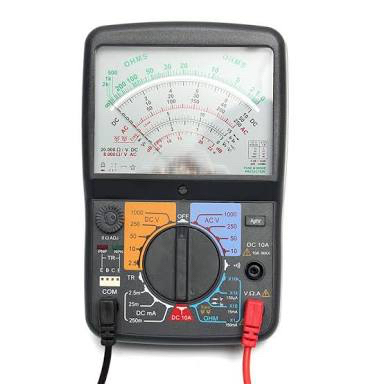Information
-
Client / Site:
-
Details of Equipment to be Tested:
-
Conducted on
-
Conducted by:
1. Hazard Identification and Risk Assessment Overview:
-
"NO LIVE WORK" & "NO NEAR LIVE WORK" practices are mandatory at all times.
This Risk Assessment must be completed by the licenced electrician(s) & personnel involved in Electrical testing & / Fault Finding on energised equipment and does not cover prohibited live or near live work. If “NO” is answered to any of the below items this Risk Assessment criteria then controls MUST be implemented to ensure hazards are managed to an acceptable risk to allow the criteria to be changed to a "YES" prior to commencing Electrical Testing activities.
2. Preparation Activities:
-
Personnel performing the testing have reviewed & signed a Safe Work Method Statement / Work Procedure for the testing being conducted?
-
Personnel performing the testing are competent and qualified to perform the task?
-
Test equipment used is in safe working order and a current calibration test has been performed at the manufactures recommended frequency at a minimum<br> ?<br>(Note: Confirm functionality on a know source of supply before & after use)
-
Testing of Low Voltage electrical systems and equipment only?
-
Live supply is required for testing in the interests of electrical safety & no reasonable alternative exists?
-
Arc Flash rated protective clothing is being used for the duration of the task
3. Equipment Hazard Inspection:
-
Fault current capacity & system voltage is known by all personnel conducting the testing and a qualified Safety Observer is being used unless a risk assessment has been completed and deems there is no series risk to personnel undertaking to task
-
Fault Current Rating (amps)
-
System Voltage (volts)
-
Test equipment used is the correct insulation category for the system voltage and is good condition?<br>(Eg Cat III 600v for LV sub mains and sub circuits & Cat IV 1000v for supply mains)
-
All sources of supply (including alternative supply Eg Generator, UPS, Solar, ATS) has been identified including all relevant isolation points?
-
All Low Voltage Rescue equipment is in good condition & has been tested to be functioning correctly within the last 6 months?
-
Isolation devices are functioning correctly and are in close proximity?
-
Is the electrical equipment to be tested in good condition with no signs of damage?
-
Is there adequate protection against direct or indirect contact with live or hazardous parts?
-
NOTE: Where there is a possibility to come into direct or indirect contact with live electrical components then DO NOT PROCEED until Hazard Controls are put in place to reduce the risk rating to a safe level PRIOR to commencing the work.
-
The current carrying capacity of the equipment is adequate including conductor sizes?
-
All connections are secure and correct?
-
Enclosures and panel assemblies are secured and safe?
-
Mechanical protection is installed and adequate?
-
Barricades and Signage is installed to Alert others of Electrical Hazards and Restrict Access to the area?
4. At Risk Items:
-
Note: If “NO” has been ticked for any of the above items DO NOT proceed with Electrical Testing until adequate hazard controls have been implemented and the item / hazard is re-assessed as "YES"
-
All hazards and are adequately controlled and the equipment is safe to test?
5. Worker Authorisations
Testing Electrician:
-
Employee Position:
-
Do you hold a current electrical licence for the electrical work being conducted?
-
Electrical Licence Number:
-
Employee Signature:
Testing Assistant / Offsider:
-
Employee Position:
-
Do you hold a current electrical licence for the electrical work being conducted?
-
Electrical Licence Number:
-
Employee Signature:
Safety Observer (if required)
-
Employee Position:
-
Do you hold a current nationally recognised qualification in CPR & Low Voltage Switchboard Rescue?
-
Safety Observers Signature:










